Once an icon of luxury automobiles, Packard faced an inevitable decline post-World War II. The company, known for its innovation and high-end vehicles, struggled to compete in a rapidly changing industry. In a desperate attempt to survive, it merged with Studebaker in 1954. However, the alliance proved unstable, lasting only four years. Despite efforts to modernize and rebrand, the financial burden became too heavy. The decision to cease Packard production in 1958 was not formalized with a vote; instead, board members simply nodded in agreement, marking the quiet end of a legendary brand.
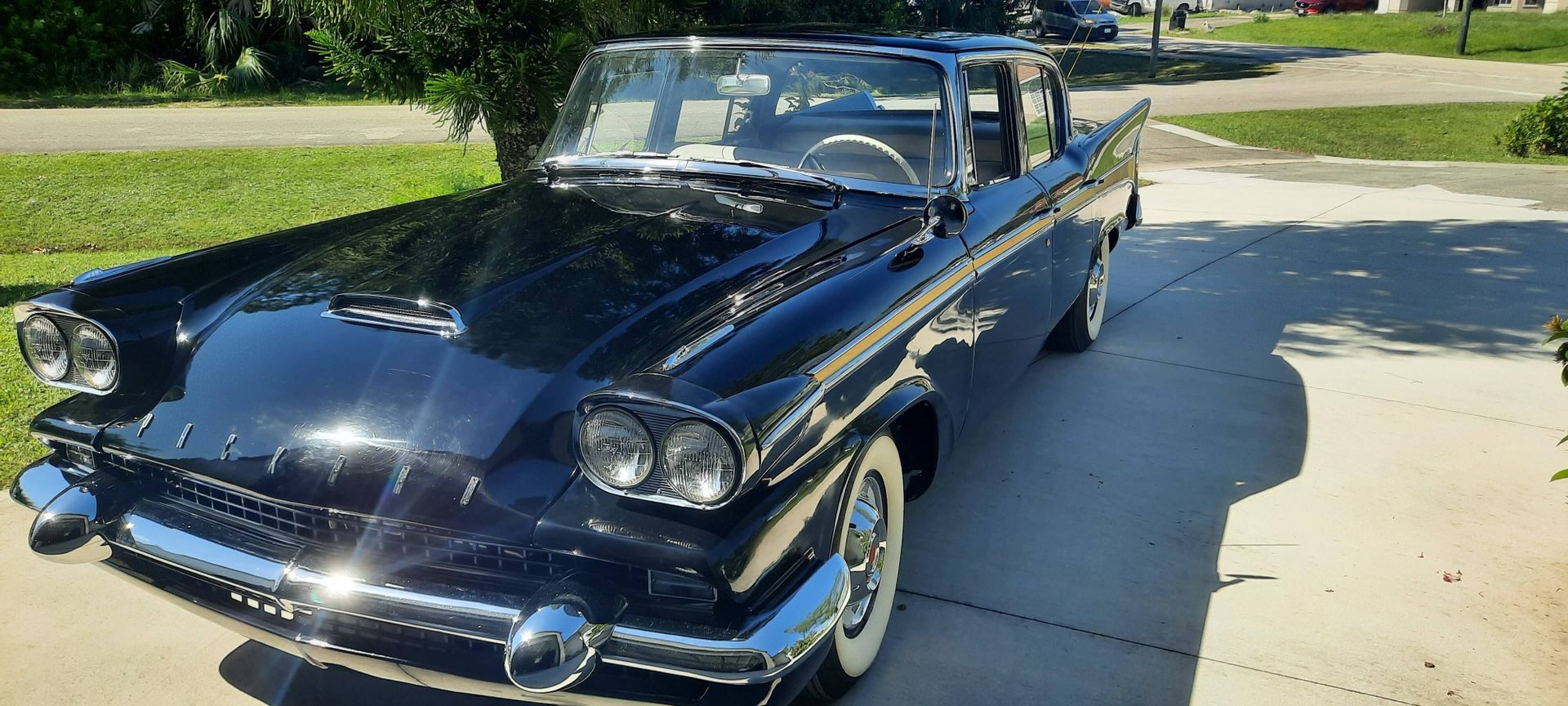
The Final Struggles
By the end of 1957, Packard’s production facilities had been liquidated at low prices, further underscoring the brand’s instability. During its last two years, Packards were essentially rebadged Studebakers, sharing platforms and components that made them nearly indistinguishable. The Studebaker-Packard (S-P) board continued production as a market test, hoping to gauge customer demand rather than sustain the brand. However, dwindling consumer confidence and increased competition from brands like Cadillac and Lincoln left Packard unable to recover. By 1958, it was clear that the marque had no viable future.
A Review of the 1958 Packard Sedan
Despite the chaotic downfall, the 1958 Packard models weren’t inherently bad. Known as “Packabakers,” they suffered from branding issues rather than quality concerns. These cars were well-built and featured competitive technology, but the association with Studebaker hurt their prestige. The market no longer required high-end luxury brands to provide features like automatic transmissions and air conditioning—affordable models had caught up. The 1958 Packard Sedan, although not as grand as its predecessors, remained a competent and comfortable car, offering a smooth ride and stylish design that still had appeal to loyalists.

Design and Upgrades
The 1958 Packard received styling revisions to differentiate it from Studebaker. Quad headlamps, a fiberglass “shovel nose” grille, and dramatic twin tailfins were added to enhance its visual appeal. The goal was to give the Packard a distinct look, distancing it from its Studebaker roots. Chief designer Duncan McRae defended the design, arguing it should be judged relative to its 1958 competitors, particularly General Motors. While the changes were bold, some critics found them excessive, reflecting the industry’s transition into an era of flamboyant styling that not all consumers appreciated.
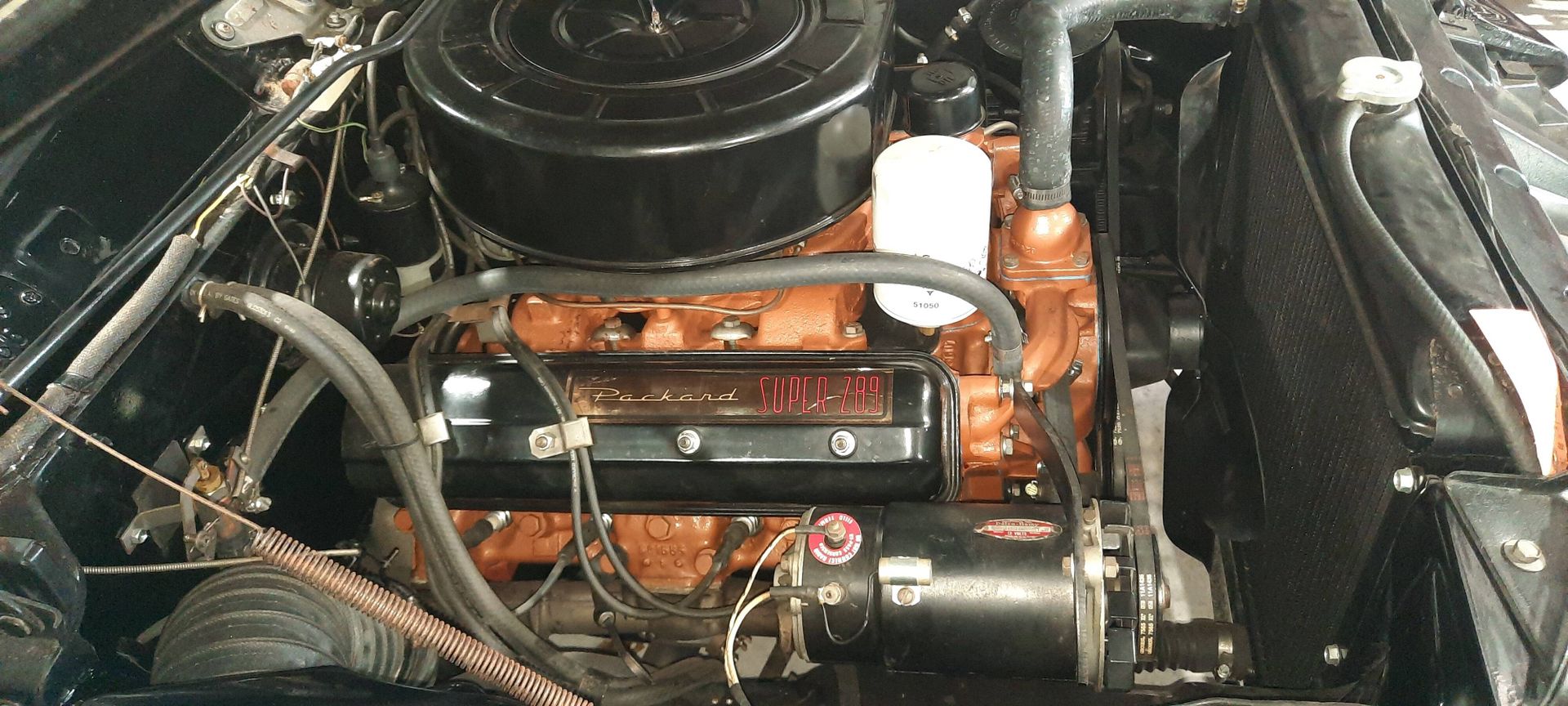
Technical Specifications
The 1958 Packard featured a lower floor pan and roofline, riding on 14-inch wheels instead of 15-inch. It was powered by Studebaker’s 289-cu.in. V-8 engine, producing 225 horsepower with a four-barrel carburetor. Unlike the 1957 models, which had a McCulloch supercharger, only the Packard Hawk coupe received this feature in 1958. The vehicle came standard with a Flightomatic automatic transmission, adding to its smooth driving experience. Although it was mechanically sound, the car’s outdated chassis and lack of Packard’s signature engineering excellence made it less competitive against newer, more advanced rivals.
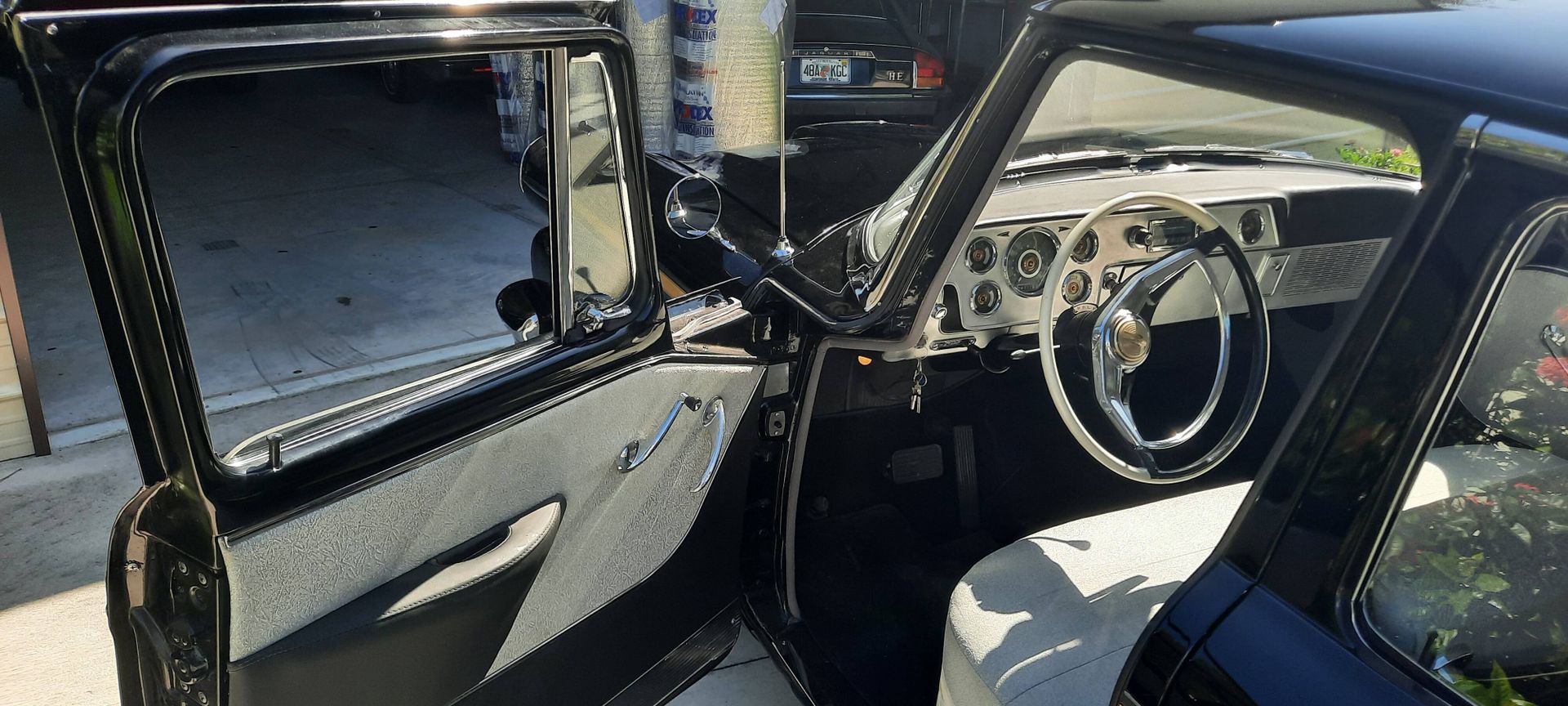
Interior and Variants
Packard maintained its reputation for high-quality interiors. The 1958 Sedan came with elegant fabric options complementing the exterior, providing an upscale feel despite the brand’s financial struggles. Its instrument panel mimicked the 1955-56 Packard layout, featuring clear, easy-to-read gauges positioned directly in front of the driver. Variants of the 1958 Packard included the standard Sedan, the stylish Hawk Coupe, a two-door hardtop, and a station wagon. Although these models offered diversity, the lack of true innovation limited their market appeal, making them difficult to sell against stronger competitors.
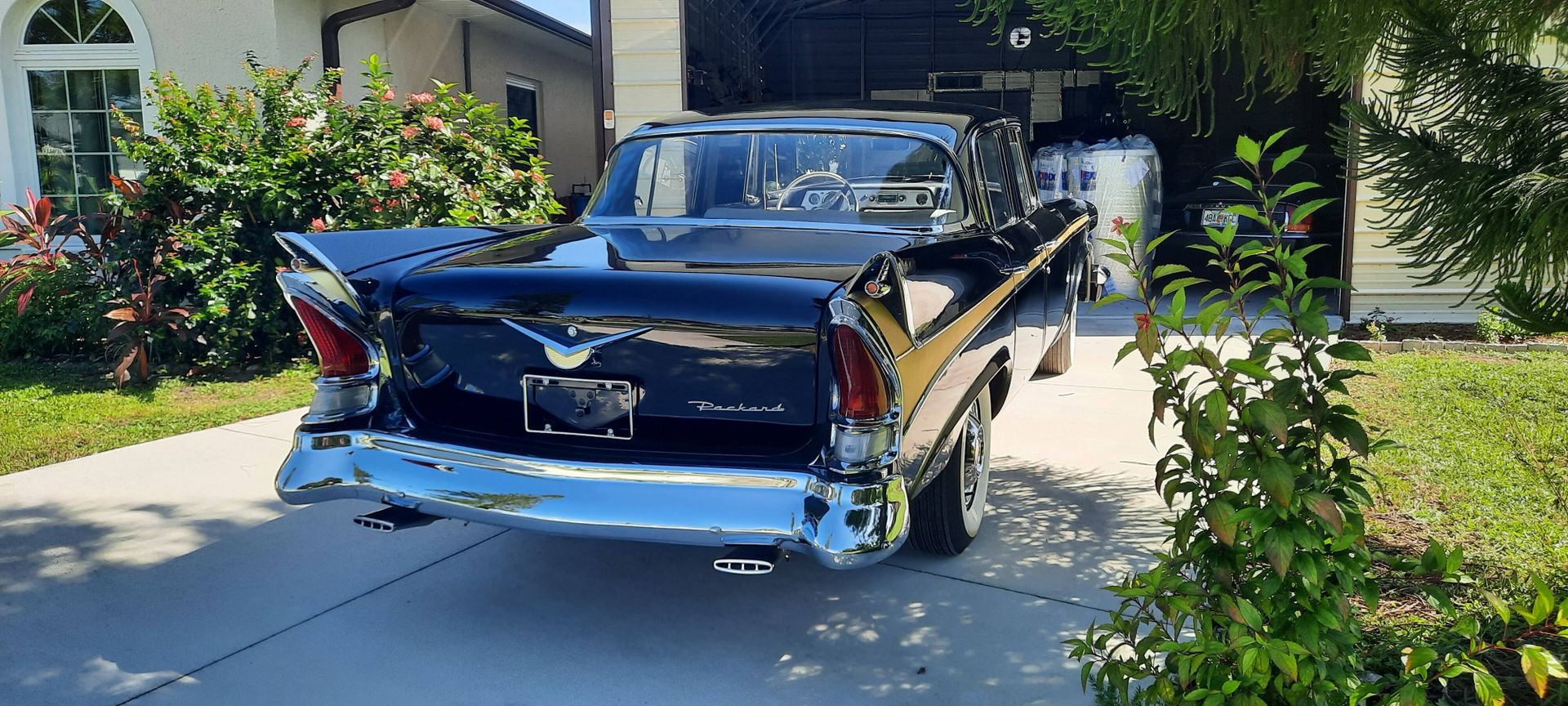
Declining Sales and the End
Packard’s 1958 models launched in January instead of the crucial fall season, further hurting sales. The delay meant the car missed key marketing opportunities, exacerbating its already bleak prospects. Production numbers were dismal: only 1,200 Sedans, 675 Coupes, 588 Hawks, and 159 station wagons were built, totaling just 2,622 units—far worse than 1957’s already low 4,809 units. With sales failing to justify continued production, Studebaker canceled the 1959 Packard, shifting focus to the compact Lark. The once-proud marque, which had stood for automotive excellence, faded into history.
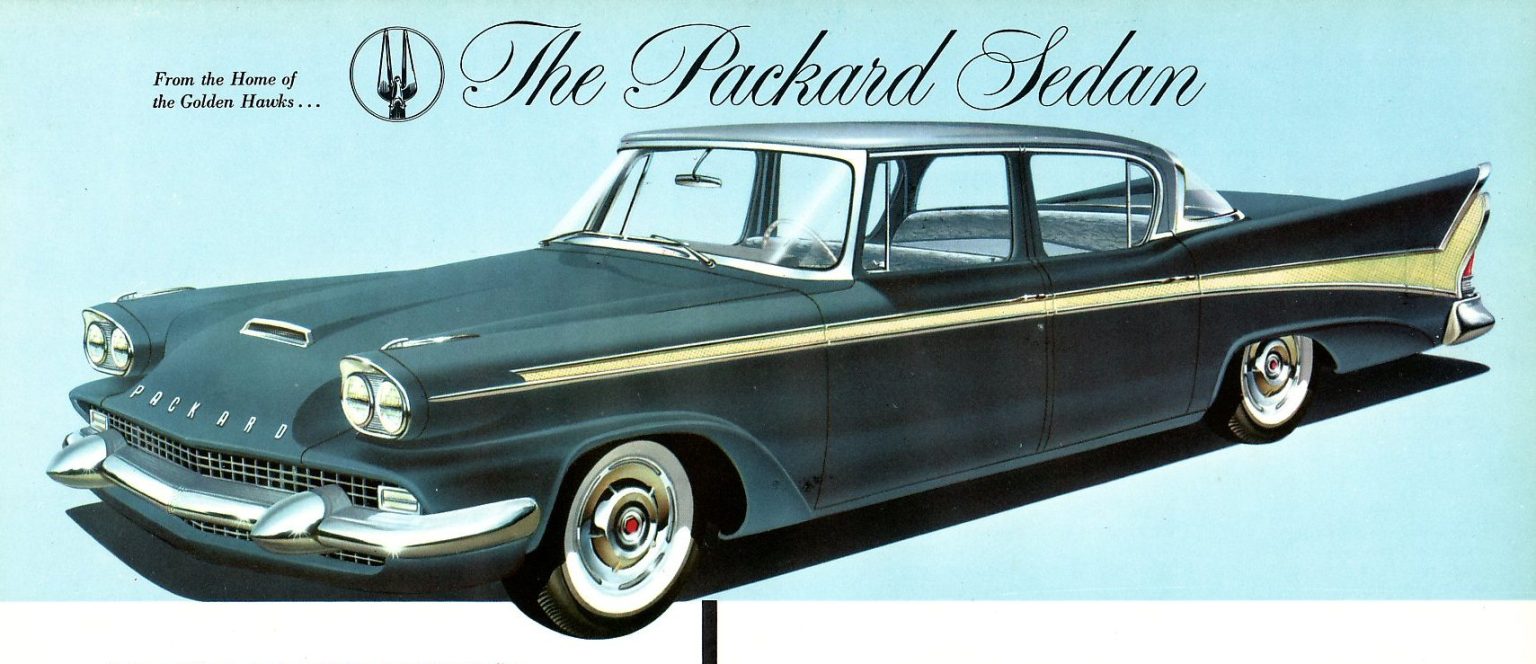
The Restored 1958 Packard Sedan
For enthusiasts, the 1958 Packard Sedan remains a piece of automotive history, symbolizing the final chapter of a legendary brand. One restored model, listed in the Hemmings Marketplace, underwent a $45,000 professional restoration to its original condition. The car retains its authentic styling, mechanical components, and luxurious interior, making it a valuable collector’s item. With only a handful of these vehicles still in existence, owning one provides a unique glimpse into a bygone era. Today, you can find it among approximately 140 Packards available for sale, cherished by classic car enthusiasts worldwide.



